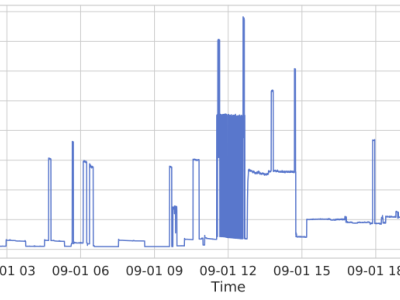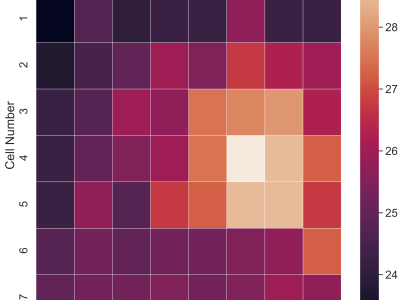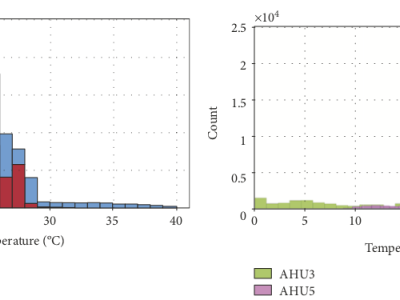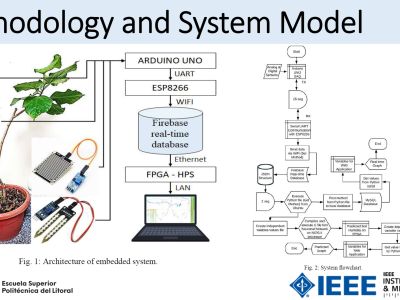CTX-UXO: A Comprehensive Dataset for Detection and Identification of UneXploded Ordnances

- Citation Author(s):
- Submitted by:
- Grigore Stamatescu
- Last updated:
- DOI:
- 10.21227/cwnm-de53
- Data Format:
- Research Article Link:
 1591 views
1591 views
- Categories:
- Keywords:
Abstract
According to US NOAA, unexploded ordnances (UXO) are ”explosive weapons such as bombs, bullets, shells, grenades, mines, etc. that did not explode when they were employed and still pose a risk of detonation”. UXOs are among the most dangerous, threats to human life, environment and wildlife protection as well as economic development. The risks associated with UXOs do not discriminate based on age, gender, or occupation, posing a danger to anyone unfortunate enough to encounter them. Contrary to expectations, an UXO is more hazardous than new ordnance, as its arming or initiation mechanisms may be active or compromised. A mistake in correctly identifying ordnance can be fatal, which is why a decision support system can assist in making decisions under continuous stress, where lives are at risk. Recent advances in computer vision demonstrate that object detection and identification can be applied across multiple domains. However, until now, UXO detection has been limited by the lack of a representative, comprehensive dataset that provides robustness across different scenarios. UXOs are often found in altered, oxidized, semi-buried states in hard-to-reach environments.
We thus propose the Contextual Vision for Unexploded Ordnances (CTX-UXO) dataset, which provides a collection of labeled UXO images in various visual contexts within the visible spectrum. The dataset encompasses old munitions in different stages, across multiple environments, angles, distances, and with various types of cameras. Additionally, replicas of munitions, faithfully replicating the characteristics of real ordnance, were used to diversify the dataset by relocating or arranging them in new positions and environments, and by removing certain ordnance components. This approach aims to create a dataset that is as varied and representative of real-world scenarios as possible. The dataset will be periodically updated with new types of UXO in different visual contexts.
We hope that this dataset represents a useful resource for researchers and engineers working on supervised and semi-supervised object recognition projects, with particular emphasis on civil protection and emergency situation management applications.
An article describing a preliminary use case for the CTX-UXO dataset and our proposed methodology is available here:
[1] Craioveanu M., Stamatescu G., Detection and Identification of Unexploded Ordnance using a Two-Step Deep Learning Methodology, 32nd Mediterranean Conference on Control and Automation, MED 2024, June 11-14, Chania, Greece.
We would like to thank the personnel of the National Romanian Inspectorate for Emergency Situations for their logistical support in the collection and dissemination of this dataset.
Instructions:
The dataset includes overall 13 314 instances in 3126 images, 4.25 instances/images, images groupen into 3 folders (train, validation, test). The images are formated as jpg/png files with a median image ratio 2124 px square and RGB color space. The images were captured using various devices, predominantly mobile phones with high-performance cameras. The most frequently used camera was a 64MP model equipped with the Samsung GW3 sensor (S5KGW3). This sensor is a 1/1.97" imager with 0.7µm pixels and employs Tetra-cell technology to enhance image quality. It is paired with a 25mm f/1.8 lens.
The datasets have been formatted for YOLO and COCO, other formats will be added in the future. The current dataset includes multiple repositories, tailored to researchers' needs. Dataset will be periodically updated with new types of UXO in different visual contexts.
The first repository contains images in various contexts, without annotations, grouped in 3 folders: train, validation and test. The split is 70% train data, 20% validation data, 10% test data.
Repositories 2-6 include different formats.
For binary detection and classification, 13 314 instances can be utilized (UXO/NON-UXO). Moreover, classification into specific classes (Mortar Bomb, Projectile, Grenade, UXO) is feasible by labeling the data accordingly: 3056 instances of mortar bombs, 5609 instances of projectiles, 3878 instances of grenades, 771 Others (375 Cartridge, 171 Aviation Bombs, 122 Cartridge Magazine, 54 RPG, 22 rockets, 20 AntiTank Mines, , 7 antisubmarine). Instances can appear individually or within the same images, ensuring high diversity.










